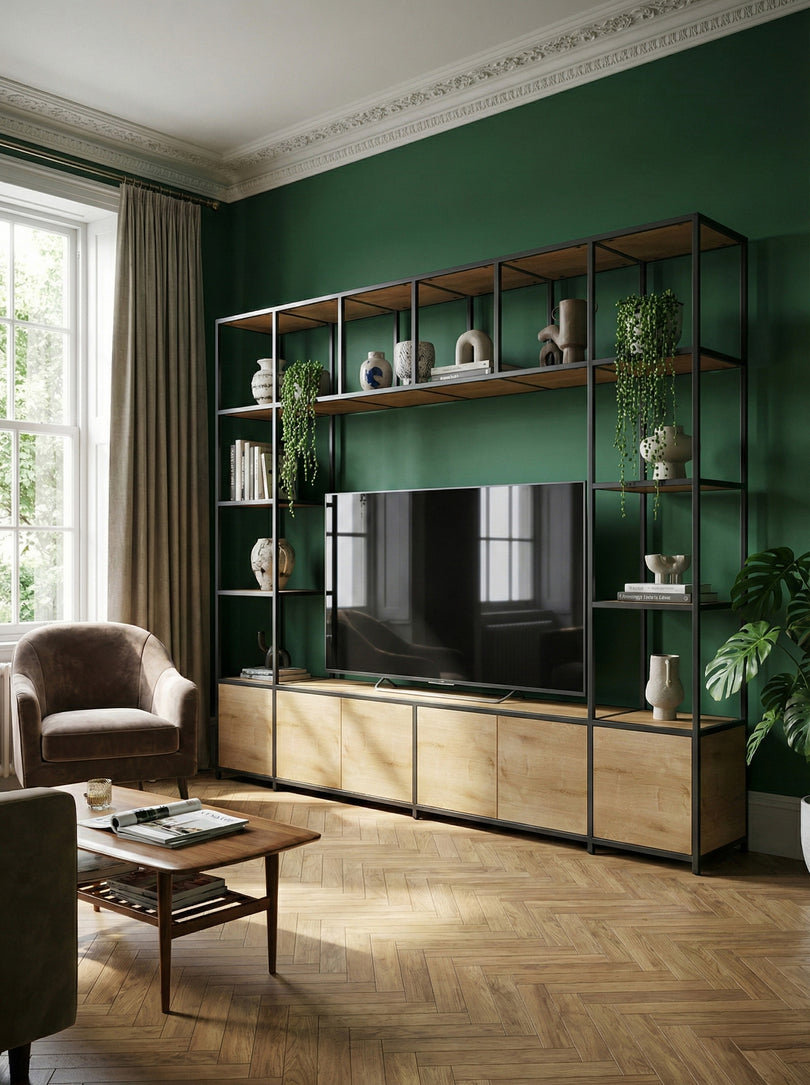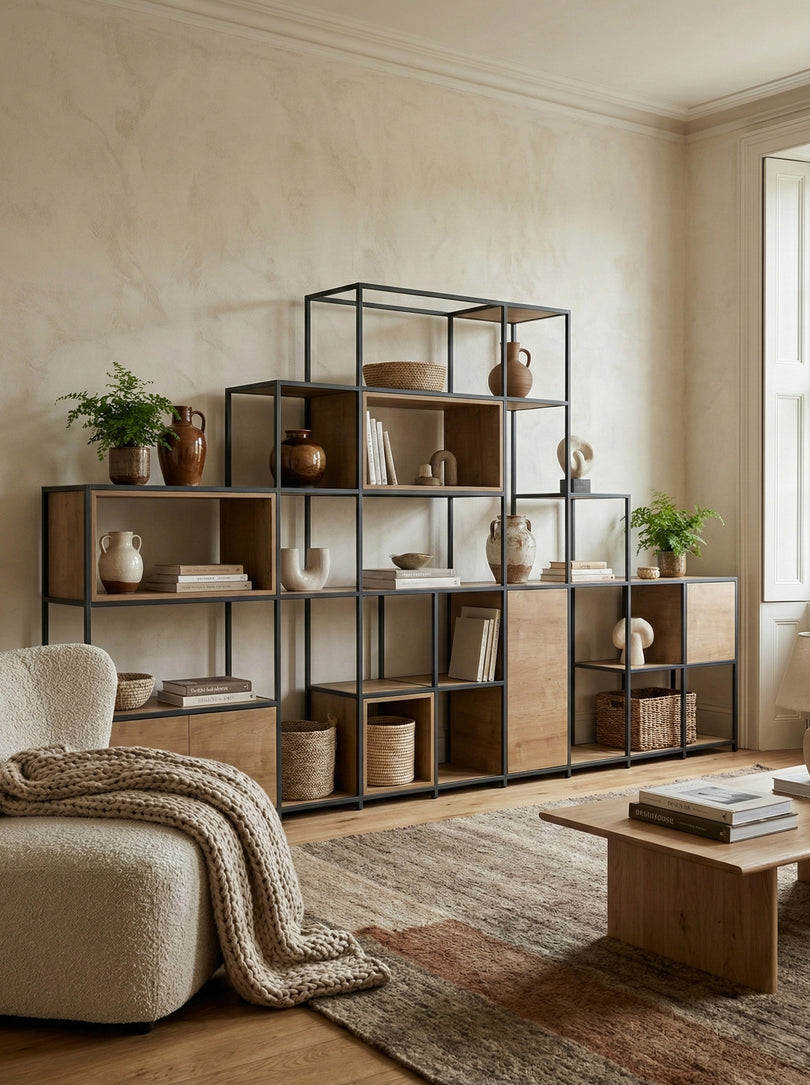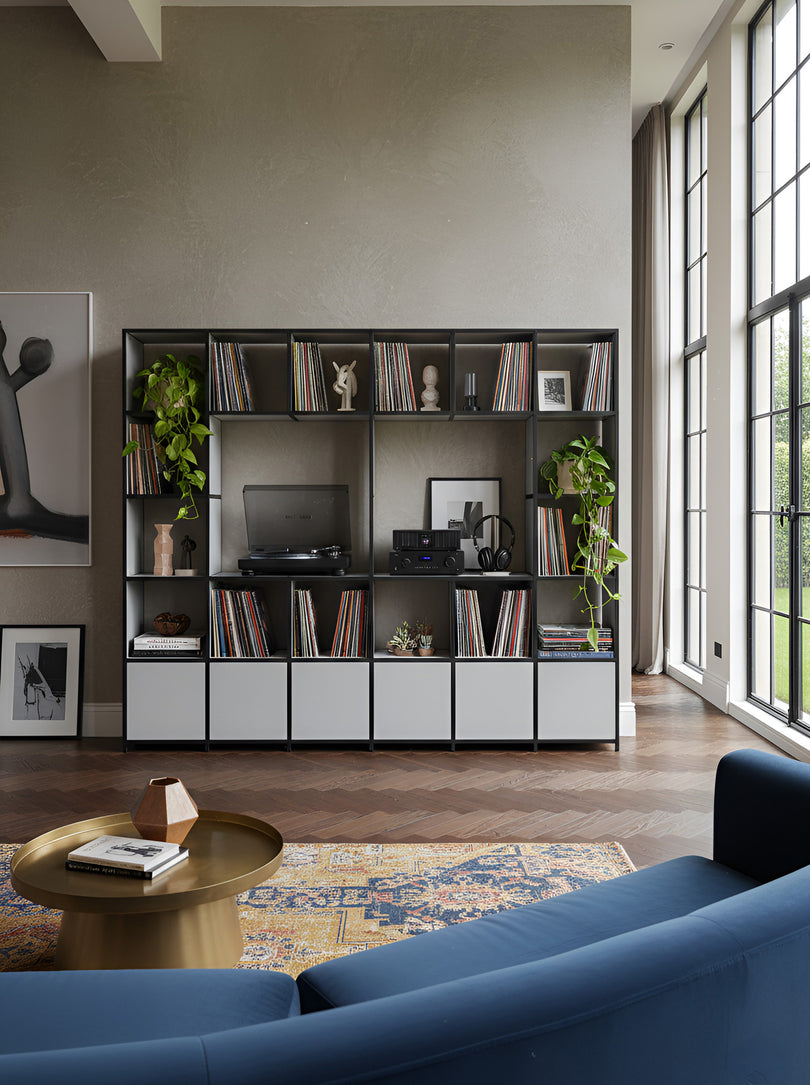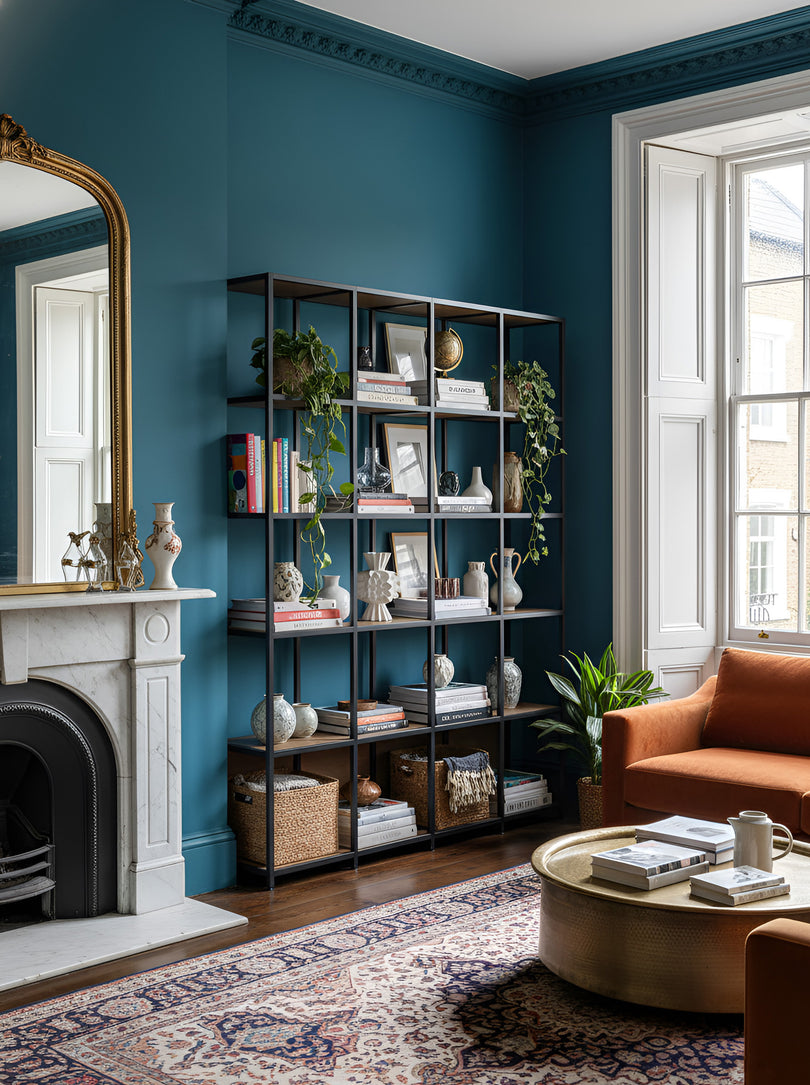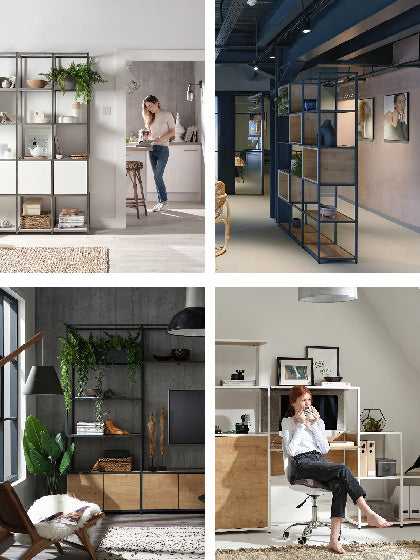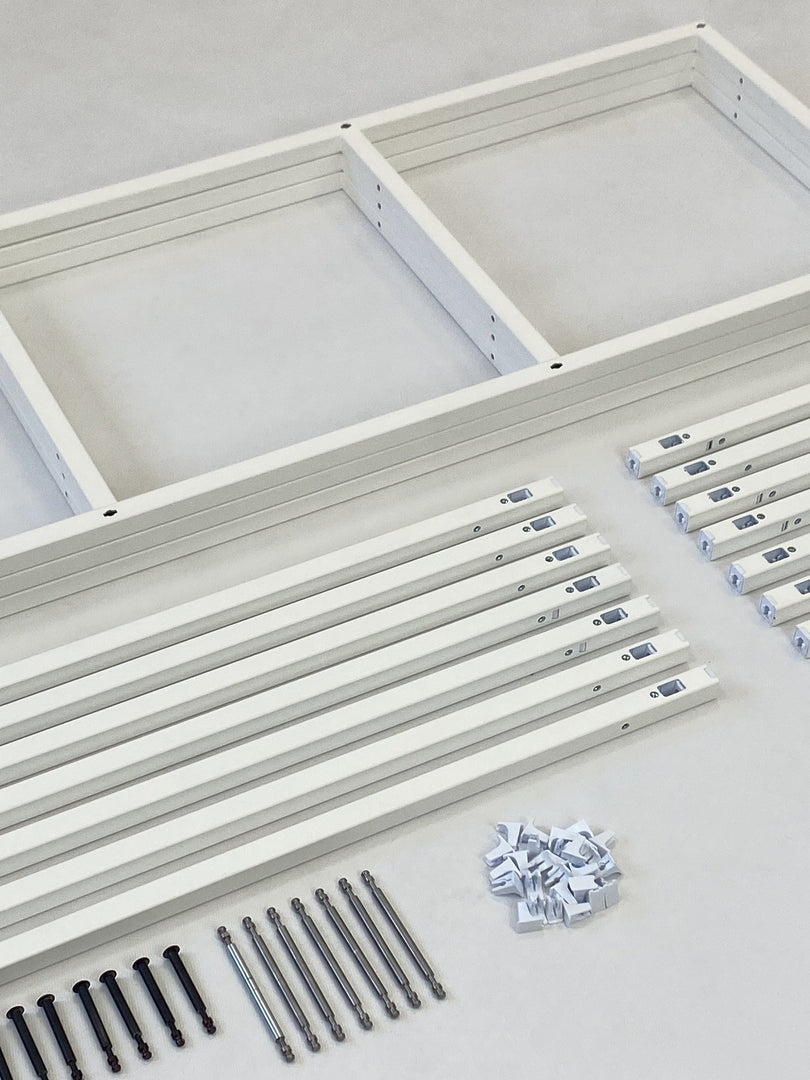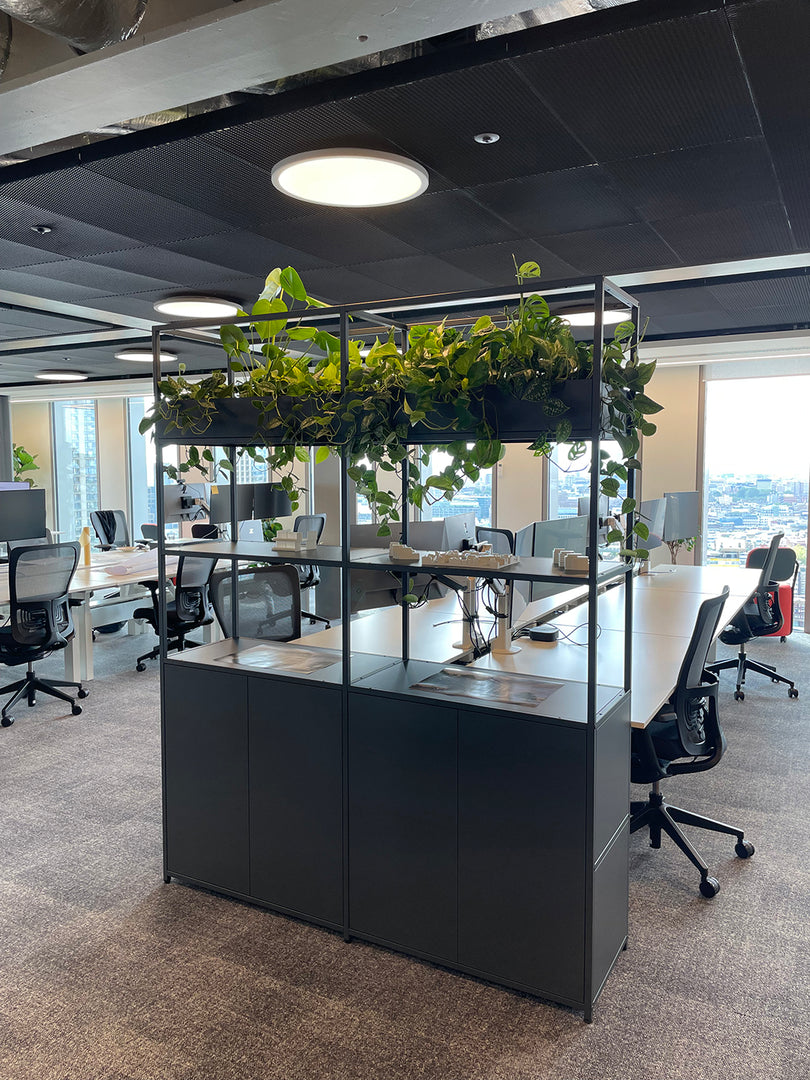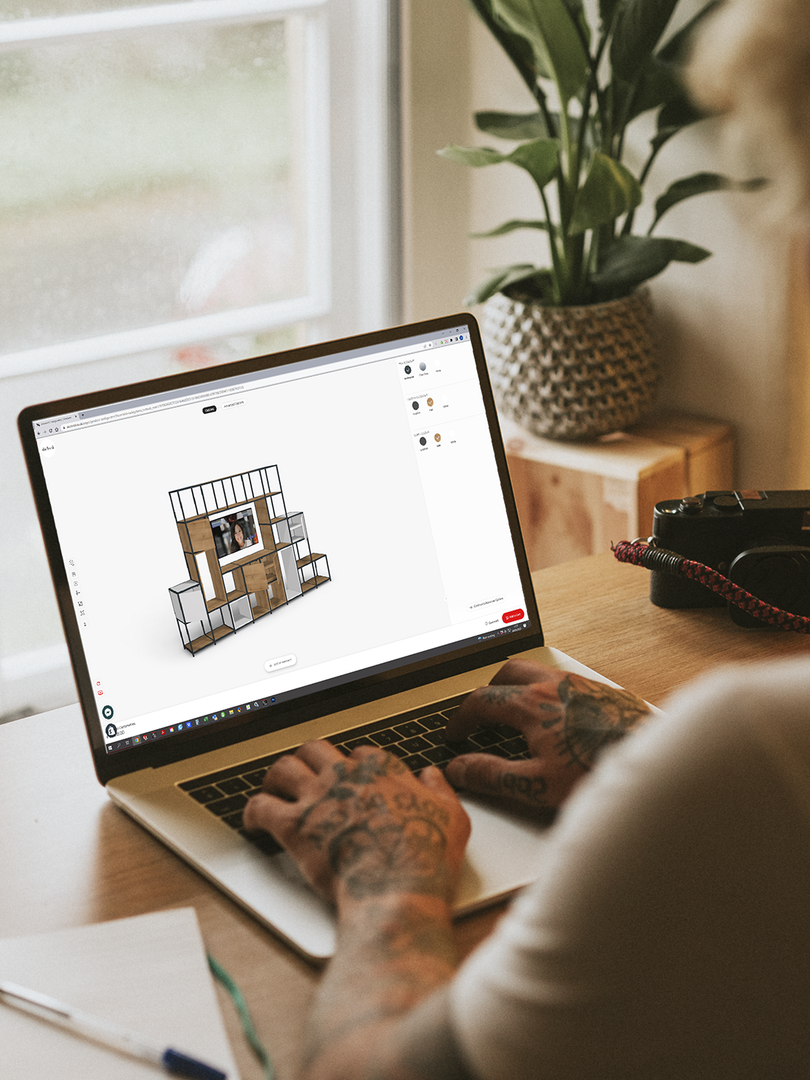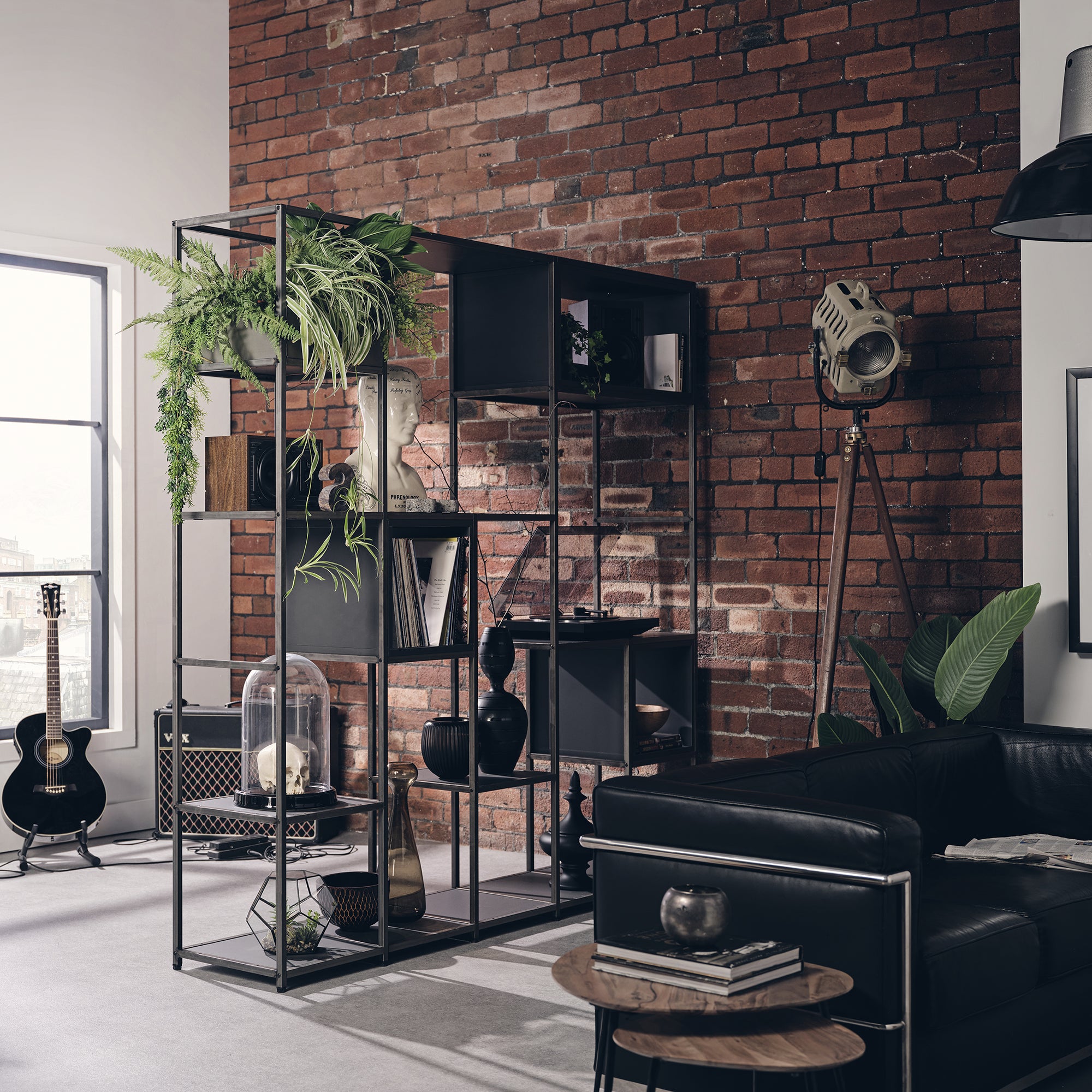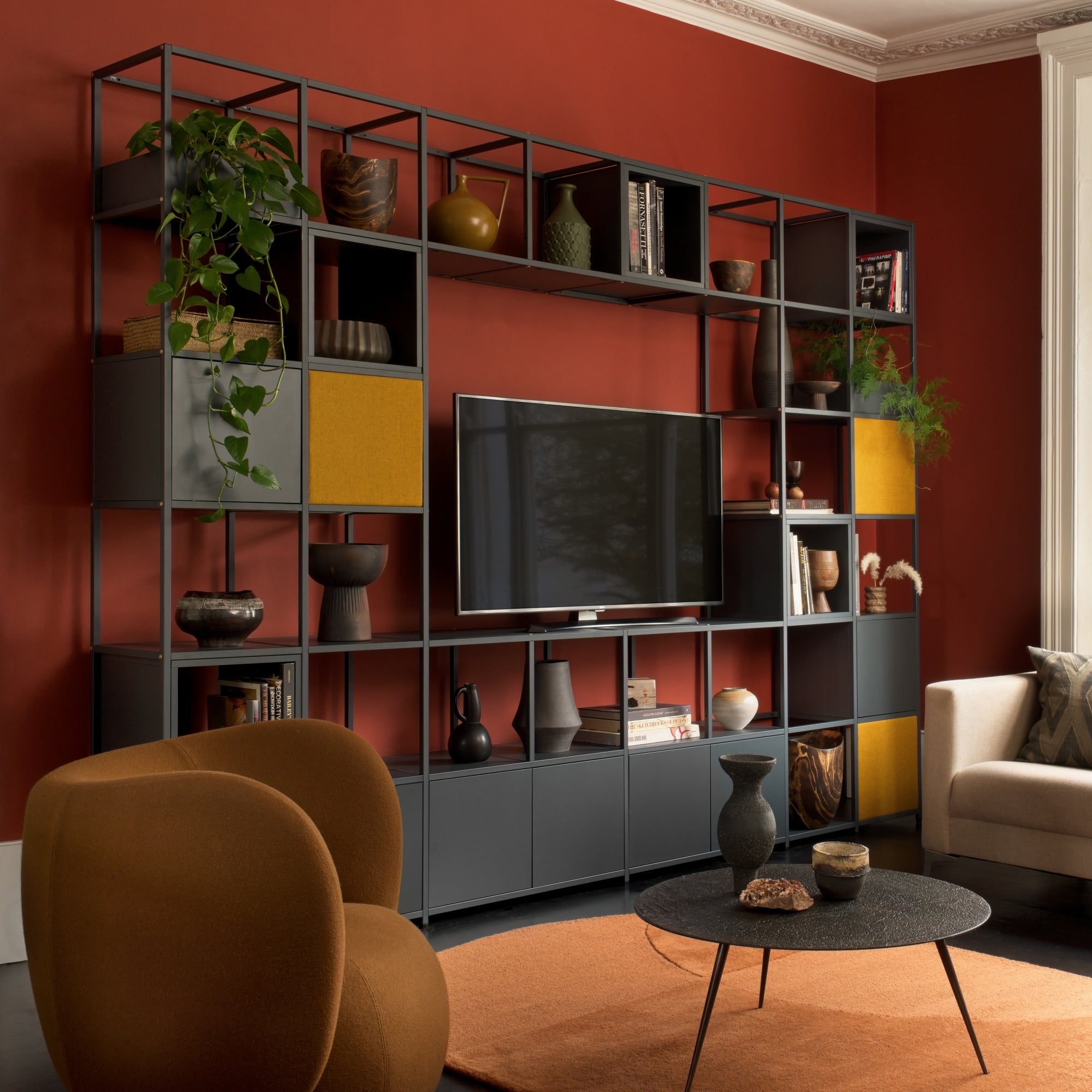As the days shorten, and the nights draw in, daylight hours become more precious. Natural light has the power to transform any space, it makes a room feel lighter and brighter, inviting and spacious. Yet, its desirability extends beyond aesthetics. There is an established connection between exposure to daylight and our emotional and physical well-being, with the decline in natural light during the winter months often linked to Seasonal Affective Disorder.
It comes as no surprise that prospective homeowners prioritise an abundance of natural light when buying a home. But what if moving isn’t an option, and now the summer sun has faded, interiors that felt complete and colourful suddenly seem gloomy and subdued? Fortunately, there are techniques and strategies that everyone can employ, regardless of their location. If the installation of a roof lantern, skylight, or the incorporation of expansive patio doors is not within your budget, fear not. In this blog, we delve into the cost-effective ways to maximise natural light within your home.
Windows Dressing
Let's start at the obvious place – your windows. While it might seem strange, we suggest assessing your windows, understanding them can make a world of difference. Ensure your windows are clean, grasp their placement within the room, and recognise any inadvertent obstructions.
The first step in harnessing the full potential of natural light is re-evaluating your window dressing. Do heavy, dark drapes currently obstruct the light? We recommend choosing lighter and more natural fabrics, or even sheer blinds – these allow you to maintain privacy but still allow light to filter in. We spoke to colour expert, Co-founder & Creative Director of YesColours, Emma Bestley who agreed, “Natural light is your best friend, sheer curtains or blinds work best at allowing the sunlight to shine through and bounce beautifully off the walls and into the room. This will not only brighten up your space but will also enhance the natural beauty of those lighter accents.”

However, if you have an affinity for the classic and traditional appeal of heavy window dressings, consider adding tie-backs to prevent them from creating a barrier. Or even switch up your curtain poles for ones that are longer than the width of the windows. This way, when the curtains are drawn open, they hang against the wall rather than blocking any incoming light.
Colour Scheme
Whether you’ve just moved in or called it home for years, a fresh coat of paint on the walls and a change in your colour scheme can completely refresh a room. The colours you choose for your walls, ceilings, and furnishings can significantly impact the natural light in your home. While it may seem obvious: choosing lighter hues for your walls and large furnishings allows light to bounce around the room, making it feel brighter and more spacious – light and neutral colours like creams, pastels, and pale shades as they'll reflect the natural light entering the room, rather than absorbing it. It's worth noting, however, that we suggest avoiding using pure white on your walls as this can sometimes make a space feel cold.
This isn't to suggest that you should forego the use of colour in your home. Here at Shelved, we are passionate about colour, we love playful and vibrant interiors and we encourage creativity. To learn more about our top picks for Autumnal Colour palettes, check out our previous blog post.

When working with colours, particularly if you prefer darker shades, it's vital to choose pigments with depth. Paints with rich shades can come alive when the sun sets, adding character and warmth to your home. It is important to consider the room, a bigger room can often take a dark colour – but that same colour in a smaller room will probably look darker and denser. Another great way to incorporate coloured walls or wallpaper, while still maximising light, is to go for off-white ceilings and woodwork. “Bright colours can also shine when paired with rich fabrics like velvets or cosy knits, as they help to add depth and visual interest to the space - making it feel both inviting and stylish” says Emma Bestley from YesColours.
Maliciously Plan Your Layout
Eliminate any unnecessary barriers that obstruct light flow throughout your home. While structural changes might seem like a big step, if knocking down internal walls can be built into your plan it’s a great way to enhance the circulation of light throughout your living space. Should you still desire defined room divisions, consider adopting the "broken plan" concept. Broken plan living offers the perfect compromise between the need for functional separation, such as designated areas for work and relaxation, and the aspiration to flood every corner of every room with natural light.
Beyond the prospect of demolition, it's crucial to scrutinise your furniture arrangement. Remove any bulky furniture, especially around windows, to ensure they don't block the inflow of natural light. When selecting furniture, evaluate each piece's necessity. Not only do oversized pieces and cluttered layouts obstruct light, but they also contribute to a sense of confinement within a space.

Incorporating the right furniture can significantly amplify the natural light in your room. Choose well-proportioned furniture that optimises the available space without overwhelming the design. Our sleek, minimalist open shelving is a fantastic choice if you want to combine the non-permanent and expressive design of broken plan layouts with the functionality and storage capabilities of high-quality furniture. Feature shelving preserves the natural openness associated with open-plan layouts while concurrently establishing separation and zoning. When contemplating your furniture choices, always consider the aspect of storage integration, as it not only enhances organisation but also minimises clutter and the need for unnecessary furnishings in your room.
Accessories
We have discussed the big changes, now let's look at small quick fixes that can make a massive difference. You can introduce light-enhancing accessories such as crystal, glass shelving or chandeliers. These not only offer additional light sources but also add an element of refinement and elegance into your surroundings – collectively illuminating your living space.
Now, perhaps the more obvious one, of course, is mirrors. Mirrors possess the innate ability to brighten a room as a whole and, more significantly, they can channel light into darker corners. Mirrors come in various shapes and sizes, and a tactical blend of large mirrors, strategically positioned smaller mirrors, or even an entire wall adorned with mirrors can make even the most compact homes feel more luminous and spacious. Placing them directly across from windows allows them to reflect an abundance of natural light into your room. Carefully positioned mirrors serve as natural light enhancers and stand as the most effective means to create the illusion of added space.

Final Comment
We now all understand that the significance of natural light in our homes cannot be overstated, it transforms living spaces, a simple yet effective way to create a bright, uplifting, and inviting atmosphere. As well as merely aesthetics, natural lighting impacts our well-being in profound ways. Within this blog, we have explored many techniques, relatively easy to implement, that can have a huge effect on the influx of natural light in your home.

